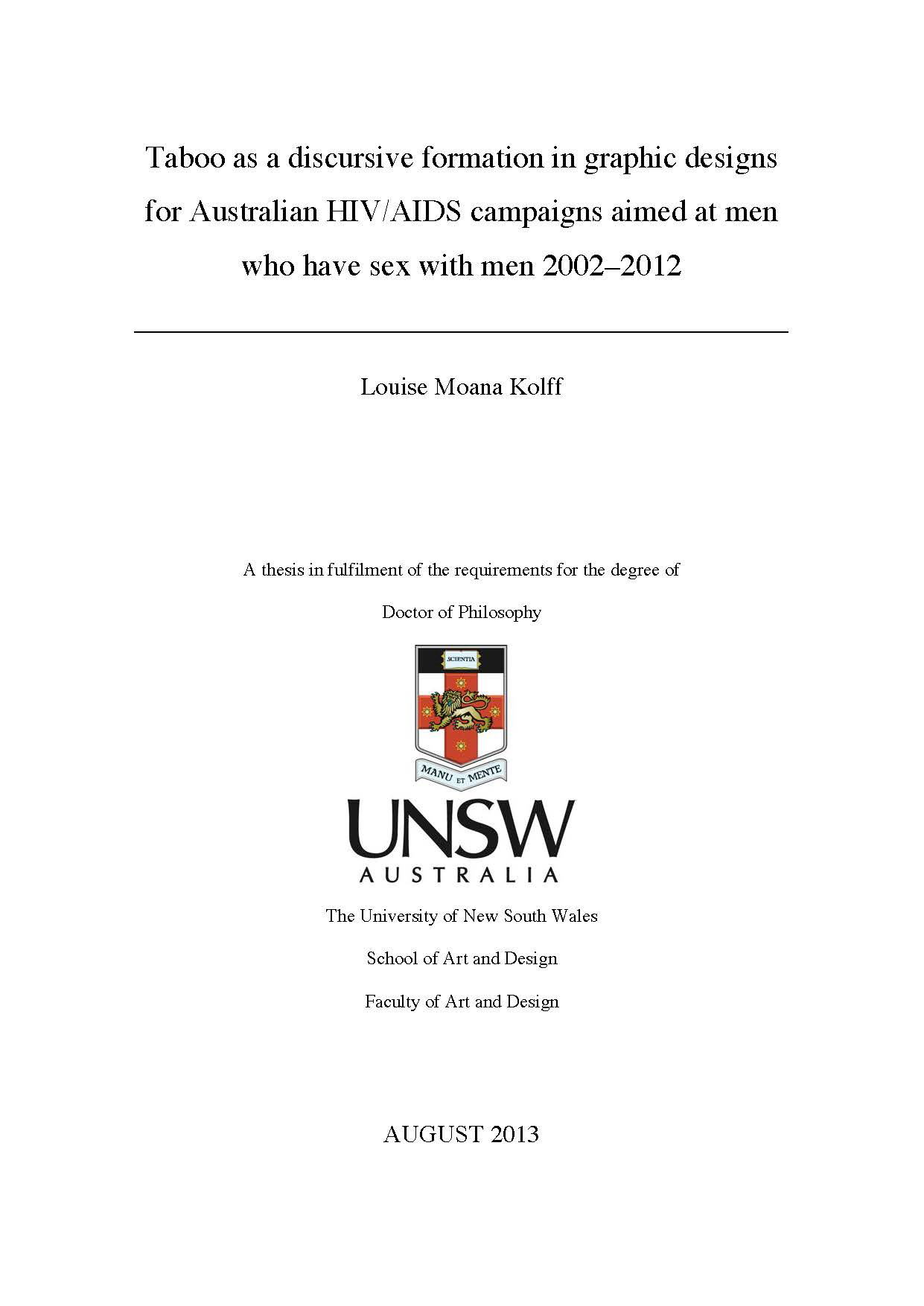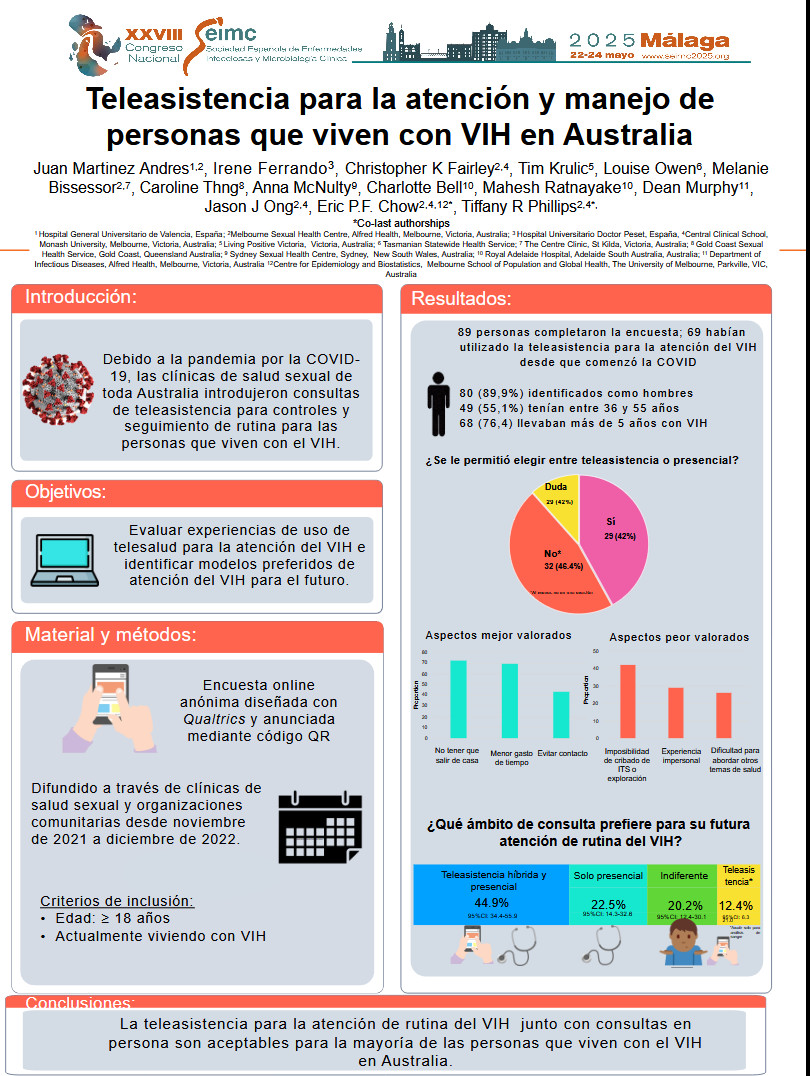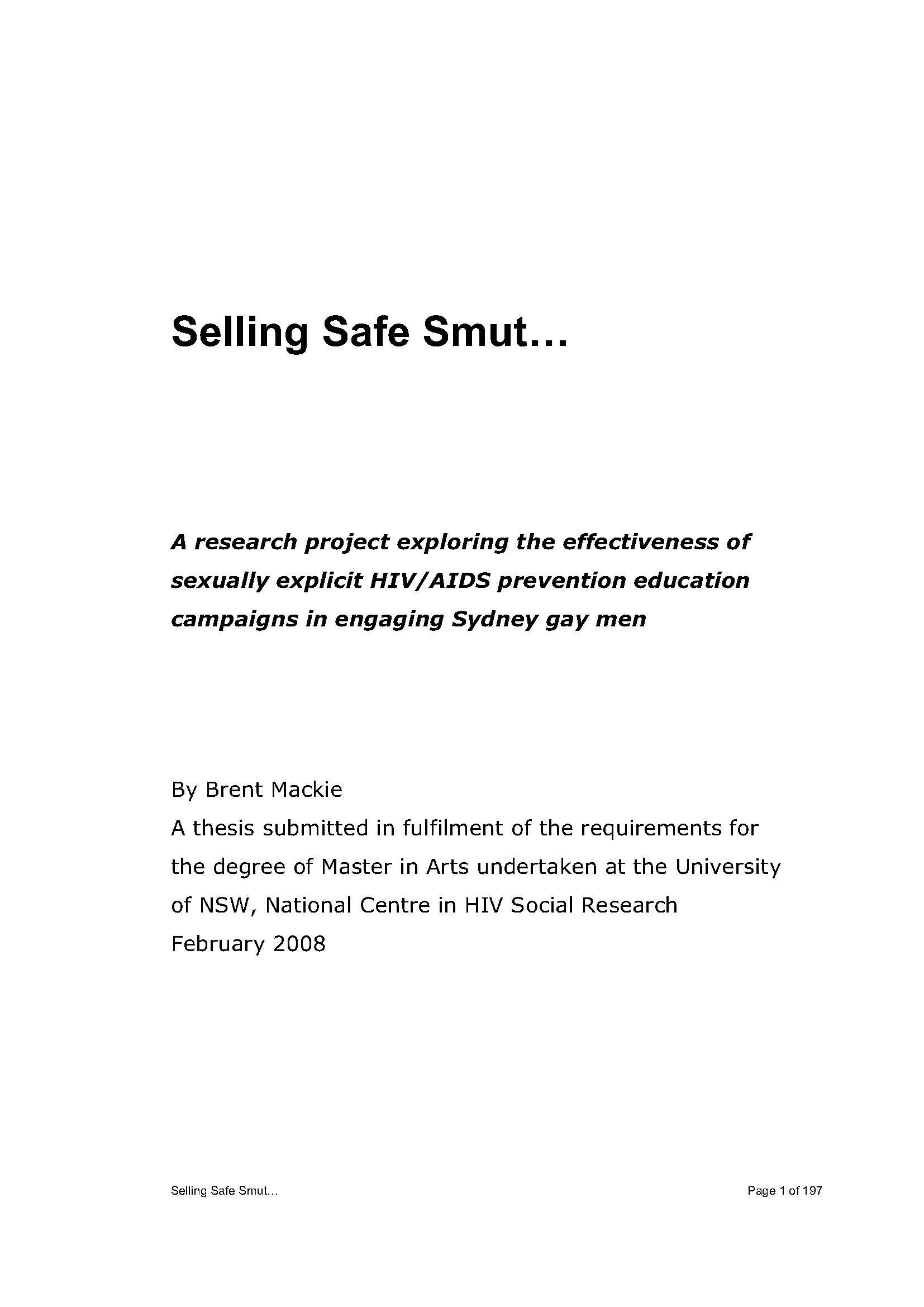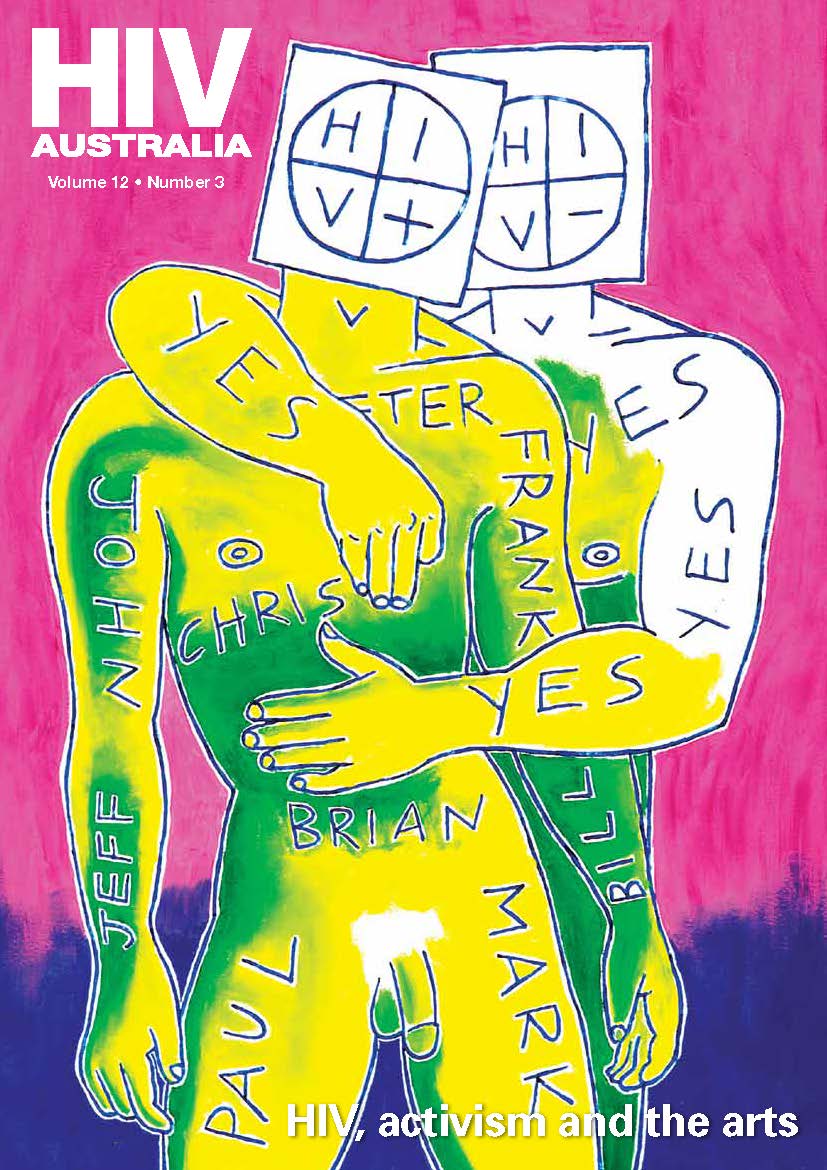Resumen
This thesis investigates how the notion of taboo can be understood as the result of discursive
formations in relation to graphic designs—including advertisements and posters—produced
for Australian HIV/AIDS prevention campaigns. HIV/AIDS campaigns are commonly
thought of as being closely associated with a host of taboo subjects. Though much has been
written about HIV/AIDS campaigns within various fields of study, no research focuses
specifically on the subject of taboo in relation to these campaign graphics, and little has been
written about the notion of taboo in general in relation to graphic design. As a result the word
taboo is often used superficially to describe controversial images, without further exploration
of how the word can be used in a meaningful way within a graphic design context.
Consequently, no framework exists for understanding and theorising the absence of particular
images and the prevalence of others in HIV/AIDS prevention graphic designs. My original
contribution to knowledge is to provide such a framework, which from a graphic design
perspective, illustrates how the decisions made during the design of these campaign graphics
shapes the visual culture of HIV/AIDS. The thesis centres around the premise that the notion of taboo is best understood as a
discursive formation in relation to graphic designs produced for HIV/AIDS campaigns,
resulting from discourses within three domains of design culture—namely circulation,
practice and value (Julier 2008)—concerned with the design-process, censorship and
distribution, and the integration of resources into the everyday lives of audiences. The study
focuses on a number of Australian campaigns as case studies, relating them to interviews conducted with the producers of HIV/AIDS prevention resources. The thesis shows how
issues such as censorship, favouritism towards specific design-strategies and dismissal of
others, and the absence and presence of particular body representations, makes it seem as if
specific images are taboo, causing some discrepancy between what producers believe to be
effective and appropriate visual strategies, and what audiences are in actuality asking to see.






